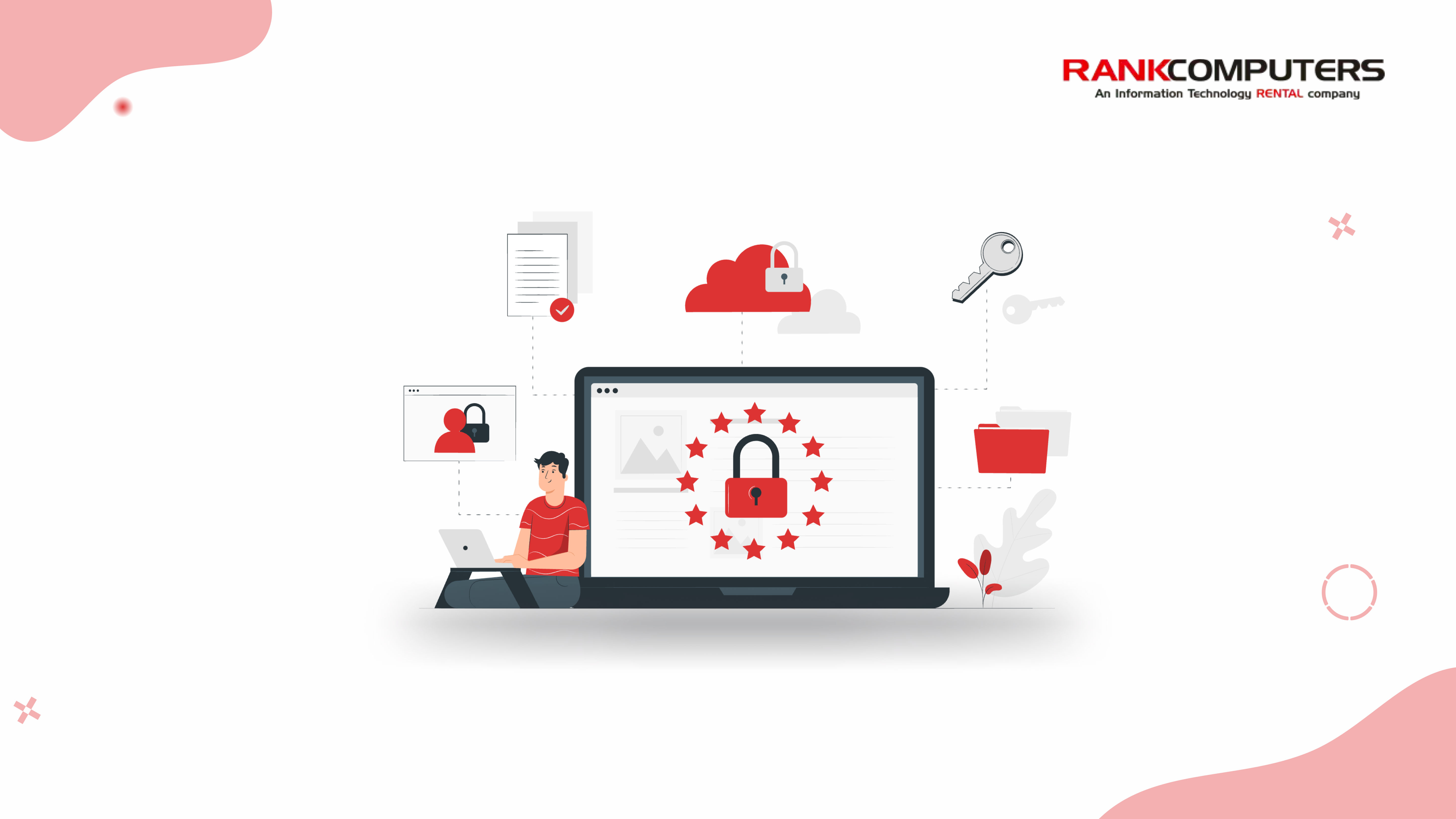In 2023, ransomware attacks in India surged dramatically, with a Sophos report revealing a rise from 57% to 77% within a year – surpassing the global average of 66%.
Notably, major players like UHBVN and AIMS have also fallen victim to this escalating threat.
UHBVN, Uttar Haryana Bijli Vitran Nigam, faced a breach where hackers not only infiltrated their computer systems but also made off with crucial customer billing data. Meanwhile, AIMS, a pivotal institution in India’s medical landscape, experienced a ransomware attack that extended beyond data encryption, with cybercriminals demanding a hefty $1 million ransom. AIMS’s refusal to comply resulted in the attackers releasing the encrypted data on the dark web, underscoring the severity of the situation.
Despite India’s rapid digital evolution, marked by the infusion of cutting-edge technologies like AI and ML, a critical vulnerability remains – the widespread use of outdated systems.
When discussing the escalating issue of ransomware attacks with cybersecurity experts and industry leaders, they emphasised that modern cyberattacks frequently exploit vulnerabilities in an organisation’s tech infrastructure. These vulnerabilities may stem from outdated internet-facing equipment or compromised employee passwords.
In this blog, let’s delve into how outdated equipment becomes an invitation for ransomware attacks and why prioritising equipment updates is crucial.
Outdated Equipment and Ransomware: The Connection
Exploitation of Unpatched Vulnerabilities
Outdated equipment often runs on software or operating systems that have reached the end of their life cycle, rendering them unsupported by security updates. Cybercriminals exploit this vulnerability by actively seeking and targeting unpatched weaknesses.
Without the latest security updates, organisations using outdated systems become susceptible to known exploits that have been addressed in more recent software versions. This creates an entry point for ransomware attacks, allowing threat actors to infiltrate systems with relative ease.
Targeting Legacy Operating Systems and Software
Legacy operating systems, such as older versions of Windows or Linux, lack the robust security features found in their modern counterparts. Ransomware developers capitalise on this by tailoring their attacks to specifically target the vulnerabilities inherent in outdated operating systems.
Additionally, unsupported software applications become attractive targets, as any discovered vulnerabilities remain unaddressed by patches or updates, providing cybercriminals with an avenue to deliver and execute ransomware payloads.
Social Engineering Tactics Directed at Users of Outdated Systems
Users of outdated systems may be more susceptible to social engineering tactics due to a lack of familiarity with modern security practices. Cybercriminals exploit this gap in knowledge by employing phishing techniques and deceptive strategies tailored to users of legacy technology. This could include misleading messages, fake software updates, or malicious attachments that, when executed, facilitate the deployment of ransomware.
Recognising the specific social engineering tactics used against users of outdated systems is crucial for IT managers to enhance user awareness and implement targeted training programs.
Risks and Consequences of Using Outdated Equipment
Increased Susceptibility to Ransomware Attacks
The continued use of outdated equipment elevates the risk of falling victim to ransomware attacks.
With cybercriminals actively seeking vulnerable targets, organisations relying on obsolete technology become prime candidates.
The lack of security updates and patches leaves these systems defenceless against evolving ransomware threats, increasing the likelihood of successful infiltrations and data encryption.
Challenges in Implementing Security Patches and Updates
Outdated equipment often presents logistical challenges when attempting to implement security patches and updates. Manufacturers may no longer provide support, and compatibility issues may arise when trying to integrate newer security measures. This difficulty in applying timely updates further exposes your organisation to the risk of ransomware attacks, as the window of vulnerability persists due to delays in securing outdated systems.
Difficulty in Maintaining Compliance with Cybersecurity Standards
The use of outdated equipment can pose compliance challenges, especially in industries with stringent cybersecurity standards and regulations. Regulatory bodies often mandate the timely application of security updates to protect sensitive information. Organisations running on outdated systems may struggle to meet these requirements, leaving them not only at risk of ransomware attacks but also subject to legal and regulatory consequences for non-compliance.
How to Mitigate the Risk of a Ransomware Attack
Conduct Regular Equipment Audits and Inventory Management
To mitigate the risk associated with outdated equipment, you should conduct regular equipment audits and maintain comprehensive inventory management. This involves identifying and cataloguing all hardware and software assets within the organisation.
By maintaining an up-to-date inventory, you can assess the status of each system, identify obsolete technology, and prioritise upgrades or replacements to minimise vulnerabilities.
Develop a Comprehensive Patch Management Strategy
A solid patch management strategy is essential for addressing security vulnerabilities in both current and outdated systems. You should establish a systematic approach to deploying security patches, even for legacy equipment. This includes monitoring vendor updates, testing patches in isolated environments, and implementing timely installations.
By keeping software and operating systems up-to-date, IT managers can significantly reduce the attack surface and enhance the overall security posture of the organisation.
Evaluate and Upgrade Legacy Systems
In cases where upgrading to the latest technology is not immediately feasible, you should explore alternative measures, such as implementing compensating controls. This may involve the deployment of additional security layers, intrusion detection systems, or network segmentation to isolate legacy systems from critical infrastructure.
However, the long-term goal should be to develop a roadmap for upgrading or replacing outdated equipment to align with the organisation’s security and technology objectives.
Considering the dynamic nature of technology, exploring rental options for equipment can be a viable solution when immediate upgrades are financially or logistically challenging. Renting allows your organisation to access up-to-date technology without the upfront costs associated with purchasing new equipment, providing a flexible and cost-effective strategy to address security concerns and ensure a more resilient infrastructure.
Additionally, rental agreements often come with built-in maintenance and support services, ensuring that the equipment remains up-to-date and secure throughout its usage period.
Visit our product pages to learn more about our offerings, and contact us for a personalised quote.
Conclusion
In today’s world of increased cybersecurity challenges, those in IT departments have a clear call to action: prioritise the security of outdated equipment, establish strong backup and recovery plans, and cultivate a culture of awareness and resilience within the organisation.
Real-world incidents show that overlooking the security of outdated equipment can lead to serious consequences, from financial losses to reputational damage. Understanding the tactics employed by cybercriminals to exploit outdated technology allows organisations to customise their security measures for better protection against evolving threats.



